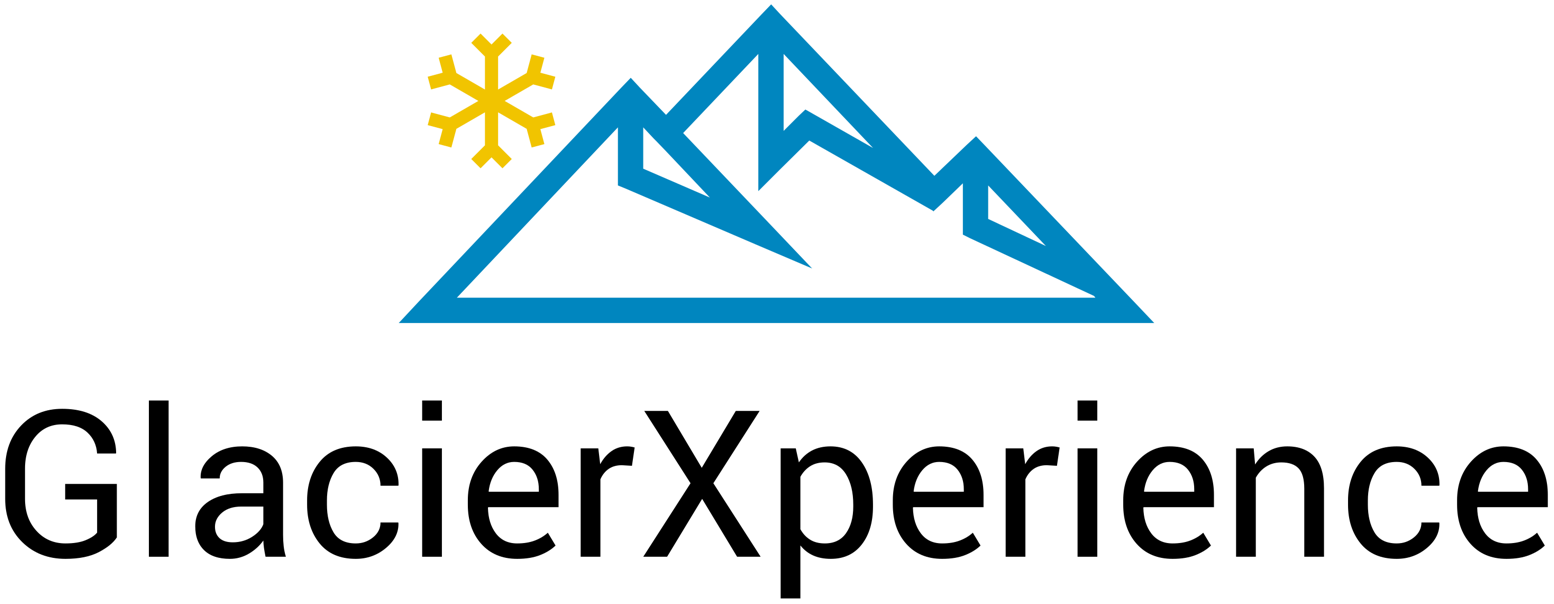The Center for Chemistry Education at the University of Graz offers students unique research experiences on the Dachstein: Through experiments, they discover the secrets of glaciers and learn from experts. VR glasses provide glacier experiences in school classrooms.
Can you drink glacier water? What is the black layer on the ice? Around 150 students from Carinthia and Styria found answers to these and other questions during the last week of school at the Dachstein during our second outdoor glacier laboratory. This special classroom on ice is the result of our joint Erasmus+ project “GlacierXperience” with chemistry and geography education specialists from the universities of Siegen, Tromsø, and Graz. Our goal is to integrate the topic of glaciers into science education and make it directly experiential.

With our outdoor laboratory, we aim to teach young people the scientific fundamentals about eternal ice directly at the glacier. Surprisingly, knowledge about glaciers is limited even among young people in Austria. This year’s outdoor laboratory was funded through EU Horizon and the European Researchers Night “Life is Science” (www.lifeisscience.at). Thanks to support from Ramsauer Verkehrsbetriebe, toll fees were waived for the students, and the Dachstein cable car provided free cable car tickets for the students.
Supported by three chemistry teacher training students, the students were able to conduct exciting experiments directly in the high mountains: They determined the boiling temperature of water at 2,687 meters above sea level, investigated temperature differences between ice and stone surfaces using thermal imaging cameras, and learned about the effects carbon dioxide can have on global warming. Samples were also taken on-site for classroom use.
For school classes without direct access to the glacier laboratory, it’s possible to virtually walk through European glaciers. This is made possible through our freely accessible digital learning environment (www.glaciereducation.com). By adding virtual reality, it’s also possible to walk across the glacier yourself using VR glasses.
The project has also convinced experts in the Erasmus program, who have recognized it as a “Good Practice Project.” We are already thinking about the future: In the long term, we want to expand this project all the way to the Arctic. We have even managed to win over the world’s northernmost school on Spitsbergen for collaboration. In the future, we want to enable students to participate even more actively in research.



























